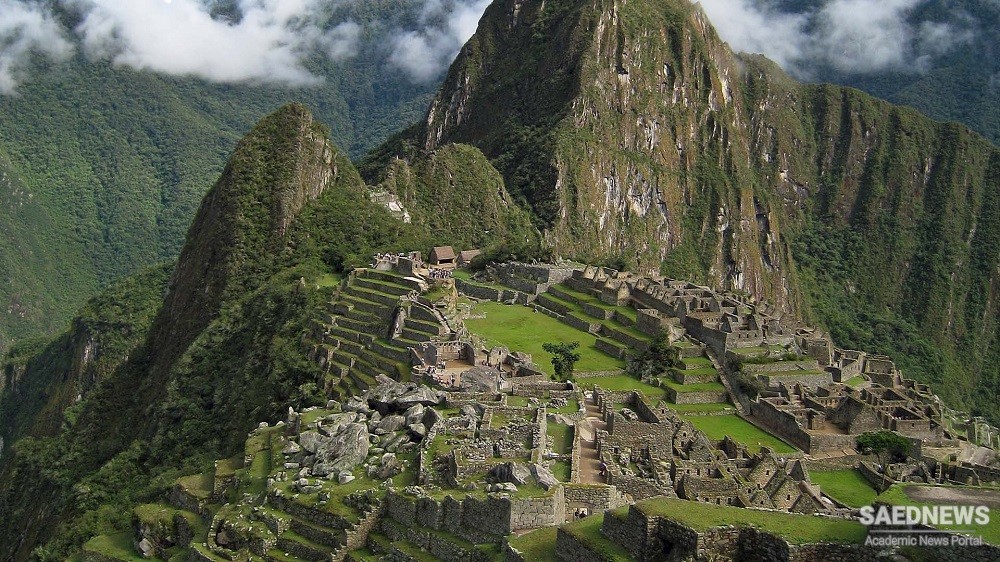Within 5,000 – 6,000 years a succession of momentous changes took place of which unquestionably the most important was an increase in food supply. Nothing so sharply accelerated human development or had such widespread results until the changes called industrialization which have gone on over the last three centuries. One scholar summed up these changes which mark the end of prehistory as the ‘Neolithic revolution’. Here begins another little tangle of potentially misleading terminology, though the last we need consider in prehistory. Archaeologists follow the Palaeolithic era by the Mesolithic and that by the Neolithic (some add a fourth, the Chalcolithic, by which they mean a phase of society in which artefacts of stone and copper are in simultaneous use). The distinction between the first two is really of interest only to the specialist, but all these terms describe cultural facts; they identify sequences of artefacts which show growing resources and capacities. Only the term ‘Neolithic’ need concern us.
It means, at its narrowest and most precise, a culture in which ground or polished stone tools replace chipped ones (though other criteria are sometimes added to this). This change-over may not seem so startling as to justify the excitement over the Neolithic which has been shown by some prehistorians, far less talk of a ‘Neolithic revolution’. In fact, though the phrase is still sometimes used, it is unsatisfactory because it has had to cover too many different ideas. None the less, it was an attempt to pin down an important and complex change which took place, with many local variations, and it is worthwhile to try to assess its general significance. We can start by noting that even in the narrowest technological sense, the Neolithic phase of human development does not begin, flower or end everywhere at the same time.
In one place it may last thousands of years longer than in another and its beginnings are separated from what went before, not by a clear line but by a mysterious zone of cultural change. Then, within it, not all societies possess the same range of skills and resources; some discover how to make pottery, as well as polished stone tools, others go on to domesticate animals and begin to gather or raise cereal crops. Slow evolution is the rule and not all societies had reached the same level by the time literate civilization appears. Nevertheless, Neolithic culture is the matrix from which civilization appears and provides the preconditions on which it rests, and they are by no means limited to the production of the highly fi nished stone tools which gave the phase its name.
We must also qualify the word ‘revolution’ when discussing this change. Though we leave behind the slow evolutions of the last geological age, the Pleistocene, and move into an accelerating era of prehistory, there are still no clear-cut divisions. They are pretty rare in later history; even when they try to do so, few societies ever wholly break with their past. What we can observe is a slow but radical transformation of human behaviour and organization over more and more of the world, not a sudden new departure. It is made up of several crucial changes which make the last period of prehistory identifi able as a unity, whatever we call it.
At the end of the Upper Palaeolithic, man existed physically much as we know him. He was, of course, still to change somewhat in height and weight, most obviously in those areas of the world where he gained in stature and life expectancy as nutrition improved. In the Old Stone Age it was still unlikely that a man or a woman would reach an age of forty and if they did then they were likely to live pretty miserable lives, in our eyes prematurely aged, tormented by arthritis, rheumatism and the casual accidents of broken bones or rotting teeth. This would only slowly change for the better. The shape of the human face would go on evolving, too, as diet altered. (It seems to be only after AD 1066that the edge-to-edge bite gave way among Anglo-Saxons to the overbite which was the ultimate consequence of a shift to more starch and carbohydrate, a development of some importance for the later appearance of the English.)
The physical types of men differed in different continents, but we cannot presume that capacities did. In all parts of the world Homo sapiens was showing great versatility in adapting his heritage to the climatic and geographical upheavals of the ebbing phase of the last Ice Age. In the beginnings of settlements of some size and permanence, in the elaboration of technology, and in the growth of language and the dawn of characterization in art lay some of the rudimentary elements of the compound which was eventually to crystallize as civilization. But much more than these were needed. Above all, there had to be the possibility of some sort of economic surplus to daily requirements.


 The Prehistoric Aesthetic Achievement
The Prehistoric Aesthetic Achievement














































